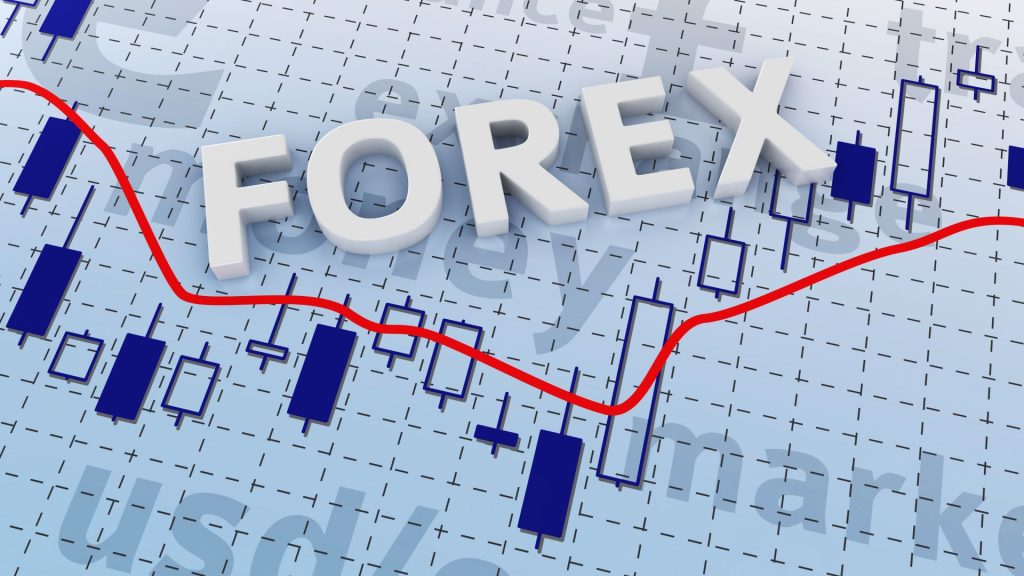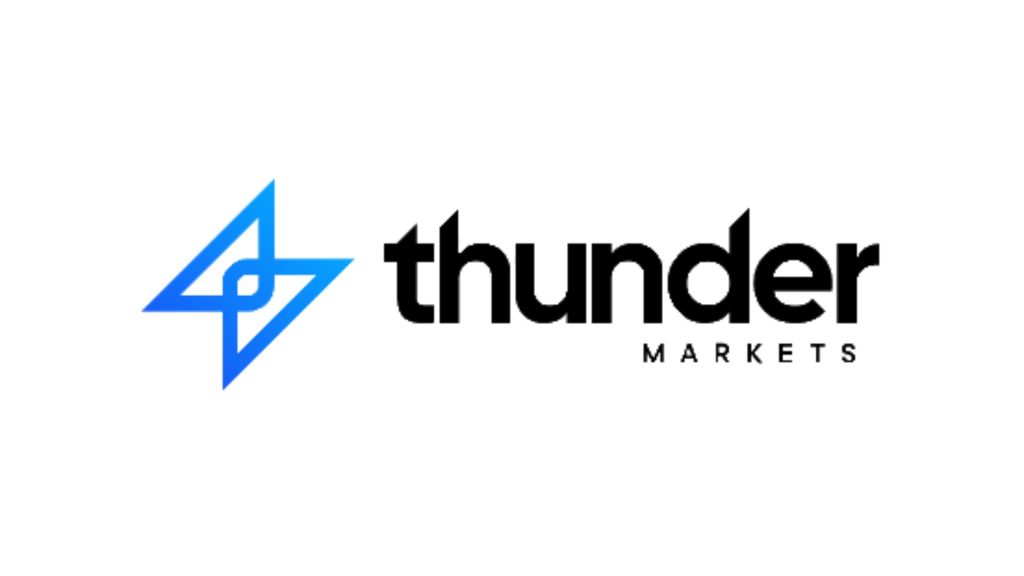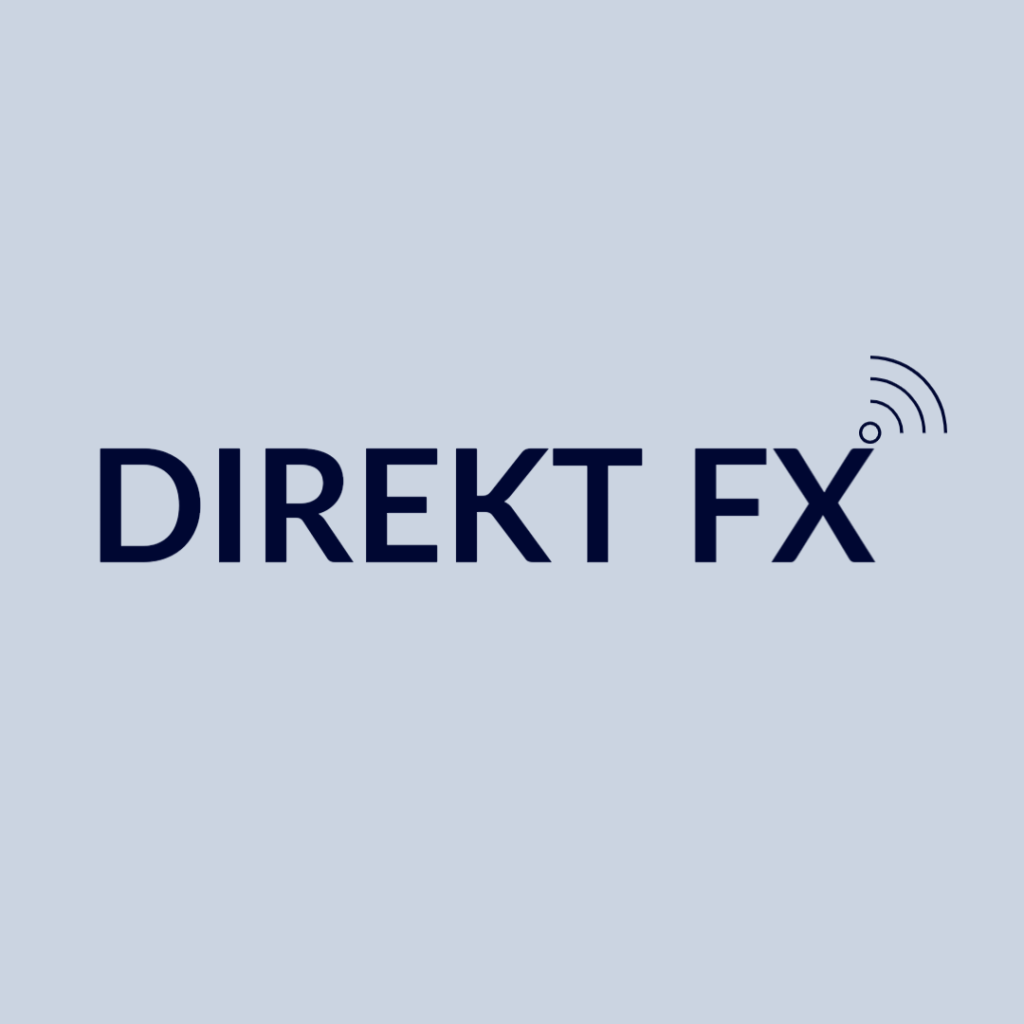
Forex Charting – How to Read Them?
Charting provides visual tools to analyse price movements and make informed decisions in forex trading. This blog will explain the essential features of forex charting, different types of charts, and how to read them effectively.
What is Forex Charting?
Forex charts graphically represent currency price movements over a specified period. They help traders identify trends, patterns, and potential trading opportunities.
Line Charts
These charts display a single line connecting the closing prices over a chosen timeframe. They are simple and provide a clear view of the overall price movement. However, they lack detailed information about the trading period.
Find the ideal trading and liquidity partners and become a part of the global network of professionals now!
Bar Charts
Bar charts offer more information than line charts. They show opening, closing, and high, and low prices for each period. Each bar shows one period. The top and bottom of the bar indicate the highest and lowest prices, respectively. A horizontal line on the left indicates the opening price and a horizontal line on the right indicates the closing price.
Candlestick Charts
Candlestick charts provide the same information as bar charts but in a more visually appealing format. Each candlestick has a body representing the range between the opening and closing prices. If the closing price exceeds the opening price, the body is typically filled or coloured green. If the closing price is lower, the body is hollow or coloured red. The thin lines above and below the body, known as wicks or shadows, show the high and low prices.
Components of Forex Charts
Forex charts have several key components to provide essential information:
Price Axis (Y-Axis)
This vertical axis represents the price levels of the currency pair. It helps traders determine the current price and track changes over time.
Time Axis (X-Axis)
The horizontal axis shows the period over which the price data is plotted. Depending on their trading strategy, traders can select different timeframes, such as minutes, hours, days, or weeks.
Open, High, Low, and Close Prices (OHLC)
These are the data points used in forex charts:
Open Price: The first price traded during the period.
High Price: The highest price reached during the period.
Low Price: The lowest price reached during the period.
Close Price: The last price traded during the period.
Chart Timeframes
Traders can choose various timeframes based on their trading style:
Daily Charts: Each data point denotes one trading day. Useful for long-term traders.
Hourly Charts: Each data point denotes one hour. Suitable for short-term traders.
Minute Charts: Each data point denotes one minute. Ideal for day traders and scalpers.
Conclusion
Understanding different types of charts, key components, and technical indicators is a necessary skill for traders. With regular practice, traders can master this skill to capitalise on market opportunities.
Contact us now and boost your brand’s visibility!





